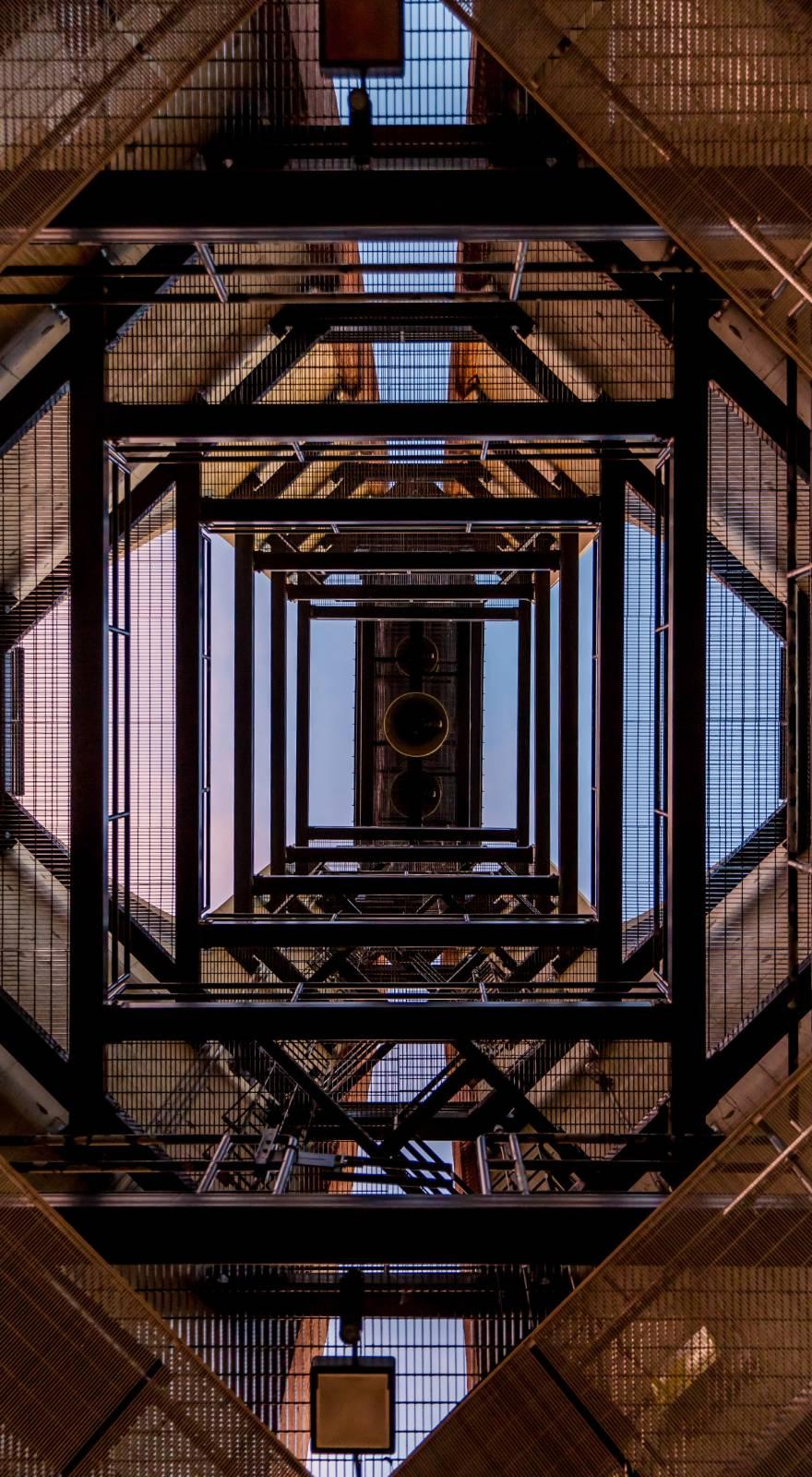Knowde Enhanced TDS
Identification & Functionality
- Chemical Family
- Product Type
- Technologies
- Product Families
Features & Benefits
- Ready-to-Use Product Features
Applications & Uses
- Markets
- Applications
- Application Method
- Compatible Substrates & Surfaces
- Particularite
- NF Environnement certified in white and colors
- Can be covered after 4 hours of drying
- COV: <2g / L
- Application Characteristics
Interior: Temperature between 8° and 35°C - Hygrometry < 70% RH. Do not apply on condensing substrates. Masonry moisture content < 5%.
Application material:
- Airless: low pressure nozzle 415 at 90-110 bars or standard nozzle 517 at 190-210 bars
- Sleeve: 12mm HD microfiber
- Brush: mixed
- Dilution: Ready to use, up to 5% water
- Equipment cleaning: With water immediately after use
Destination
Indoors on usual building substrates such as plasterboard with cardboard skin, and derivatives (except plaster tiles) coated with paint, cement and hydraulic coatings pH<9, wood and non-tannic derivatives, normally absorbent, bare or coated with old adherent paints in good condition.
- Implementation
The supports must comply with the DTU concerning them and in particular with NF DTU 59.1. Prior recognition necessary in order to determine the most suitable preparation for their condition and nature (cleaning, washing/rinsing, sanding, scraping, degreasing, roughening, dusting, etc.). In general, after preparation, the supports must be healthy, cohesive, clean, dry to receive a layer of AQUALINE EVO IMPRESS. On interior substrates such as: Plasterboard with cardboard skin, paint coatings and derivatives (except plaster tiles), cement and coatings hydraulic pH<9, wood and derivatives (non-tannic): preparation of the support then application of a layer of AQUALINE EVO IMPRESS. On old adhering paints: preparation of the support, in particular by degreasing with DEGRAISSANT LT 615, monitoring rinsing with water, drying and roughening of the glossy paints, then application of a coat of AQUALINE EVO IMPRESS. For any other substrate, consult the technical data sheets for primers with specific functions, such as AQUAPRIM MICRO, AQUAPRIM ISOLANT, ADERPRIM MICRO or contact our technical departments.
Properties
- Typical Properties
- Properties
- Great comfort of application
- Good opacifying power
- Regulates absorption of funds
- Semi-stretched fine grain
| Value | Units | Test Method / Conditions | |
| Density | 1.47 | - | - |
| Yield | 9 - 12 | m²/L | - |
| VOC | 2.0 | g/L | - |
| VOC Limit Value (For subcategory) | 30.0 | g/L | - |
Regulatory & Compliance
- Regulatory
Category A / Subcategory g (according to directive 2004/42/EC).
Technical Details & Test Data
- Technical Characteristics
- Specular Brilliants: Acrylic and alkyd in aqueous phase
- White and pastel shades, i.e. more than 45,000 shades (Series A)
- Shades: Velvety matte, semi-stretched
- Dry extract: Not concerned.
Safety & Health
- Waste Management
Close the jar well after use. Contribute to preserving the environment by not throwing any residue down the drain or in household waste. Please take your empty jar to a recycling
center. For your unused product, please inquire with local authorities for disposal and collection procedures.
Storage & Handling
- Storage
Storage before opening: 12 months in the original sealed container, protected from frost and high temperatures >35°. Storage after opening: Close the container tightly after opening. The paint can be stored for 6 months away from frost and strong heat. Optimal conservation depends on the storage conditions and the quantity of paint remaining in the packaging. After this time, the product may lose quality or microbiological safety, sometimes only in texture or color.

